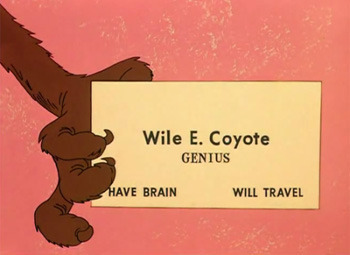 Wile E. Coyote. Forever chasing the Roadrunner. Always ending up falling off a cliff or crushed under a giant boulder.
Wile E. Coyote. Forever chasing the Roadrunner. Always ending up falling off a cliff or crushed under a giant boulder.
Noncompete litigation. Sometimes you win an injunction. Sometimes the court drops a big boulder on your head.
Suppose after leaving your company, an ex-employee begins soliciting his former co-workers to join him at his new venture. That employee had signed the same non-competition agreement as each of your other 13,000 employees, which, among other things, prohibits him from directly or indirectly soliciting, inducing, or encouraging any employee of Manitowoc Company to terminate their employment or to accept employment with a competitor, supplier, or customer.
So, you do what many employers do in this situation. You sue the ex-employee to enforce the agreement.
In The Manitowoc Company v. Lanning [pdf], the Wisconsin Supreme Court dropped the biggest boulder possible. It not only ruled in the employee’s favor, but it found the agreement to be unreasonably over broad as drafted, and invalidated it as to all of Manitowoc’s 13,000 employees.
The plain language of Lanning’s non-solicitation of employees provision creates a sweeping prohibition that prevents Lanning from encouraging anyManitowoc Company employee, no matter the employee’s job or location, to terminate his or her employment with Manitowoc Company for any reason, or soliciting any Manitowoc Company employee to take any position with anycompetitor, supplier, or customer of Manitowoc Company.
Lanning does not have specialized knowledge about all of Manitowoc Company’s 13,000 world-wide employees across both its construction crane and food service equipment divisions. Lanning does not have a relationship with every Manitowoc Company employee. Yet Lanning’s non-solicitation of employees provision prevents him from encouraging any Manitowoc Company employee to terminate his or her employment.
A national company with more than 13,000 employees now has an agreement that it can never enforce against anyone.


